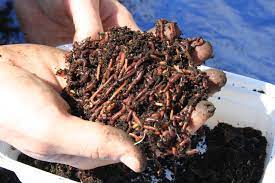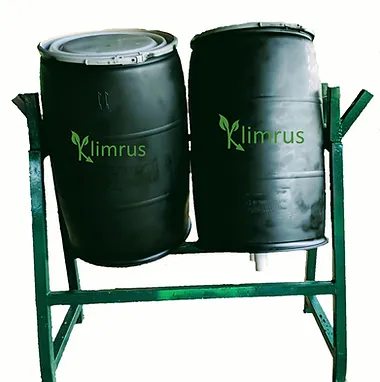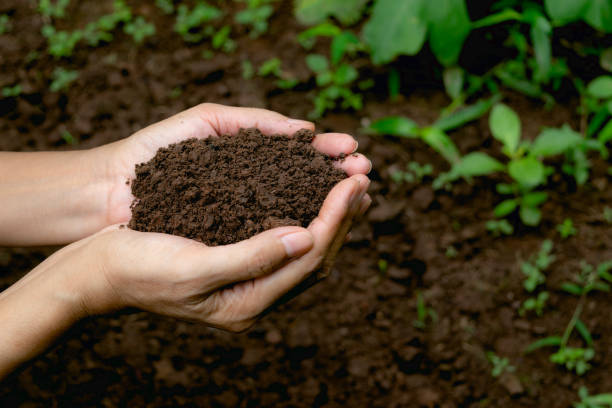Composting is the process of breaking down organic materials into a nutrient-rich soil amendment that can be used in gardening, landscaping, and agriculture. It’s an excellent way to reduce waste, improve soil health, and grow healthy plants.
While many people think of composting as something that can only be done on a large scale, it’s actually quite simple to compost at home. In fact, there are several methods of home composting or some home composting tips that you can choose from, depending on your space, time, and resources.
In this blog post, we’ll take a closer look at some of the most popular methods of home composting tips and how you can get started with each one.
1.Traditional Home Composting:
Traditional composting involves creating a pile of organic materials in a designated area of your yard. The key to successful traditional composting is to balance the mix of green and brown materials. Green materials include things like fruit and vegetable scraps, coffee grounds, and grass clippings, while brown materials include things like dried leaves, sawdust, and newspaper.

Once you have a balanced mix of materials, you’ll need to turn the pile regularly to promote oxygen flow and speed up the decomposition process. Depending on the size of the pile and other factors, it can take several weeks to several months for the compost to fully mature.
2.Vermicomposting:
Vermicomposting is a type of composting that uses worms to break down organic materials. To get started, you’ll need a worm bin, which can be purchased or made at home using a plastic bin with holes drilled in the lid and sides.
Once you have your bin, you’ll need to add a layer of bedding material, such as shredded newspaper or cardboard. Then, add your food scraps and watch as the worms go to work breaking them down. Worms will eat almost anything, including fruit and vegetable scraps, coffee grounds, and even small amounts of meat and dairy.
One of the benefits of vermicomposting is that it can be done indoors, making it a great option for those who don’t have a lot of outdoor space.

To know more about Vermicomposting: Vermicomposting – Simple process of Composting.
3.Trench Composting:
Trench composting involves burying food scraps directly in your garden bed. To get started, simply dig a trench in your garden bed and add your food scraps. Cover the scraps with a layer of soil and then repeat the process in a different area of your garden bed.

Over time, the food scraps will decompose and enrich the soil, providing valuable nutrients for your plants
4.Compost Tumblers:
Compost tumblers are a convenient and efficient way to compost at home. They consist of a drum or bin that can be rotated to mix the organic materials inside. This mixing promotes oxygen flow and speeds up the composting process.
Compost tumblers can be used for traditional composting, vermicomposting, or even hot composting, which involves creating a pile that heats up to break down the organic materials quickly.

To know more about Compost Tumbler: Compost Tumblers | Convert Waste into useful Compost
5.Bokashi Home Composting:
Bokashi composting is a Japanese method of composting that involves fermenting food scraps using a special type of bacteria. To get started, you’ll need a Bokashi bin, which is an airtight container that allows for the fermentation process to occur.

Once you have your bin, simply add your food scraps and sprinkle a layer of Bokashi bran over them. The bran contains the bacteria needed to ferment the food scraps. After a few weeks, the fermented scraps can be added to your garden bed, where they will continue to decompose and provide valuable nutrients for your plants.
In conclusion, composting is an easy and effective way to reduce waste and improve soil health. Whether you choose traditional composting, vermicomposting, trench composting, compost tumblers, or Bokashi composting, there is a method that will work for your space and lifestyle. By composting at home, you can reduce your carbon footprint, save money on fertilizers and soil amendments, and grow healthy plants that will benefit you and the environment.
One final tip: remember that composting is all about balance. Make sure you’re adding a mix of green and brown materials to your compost, and avoid adding materials like meat, dairy, and oils that can attract pests and slow down the decomposition process. With a little bit of effort and patience, you can create a rich, nutrient-dense compost that will make your garden thrive.
For more details visit: Klimrus.
